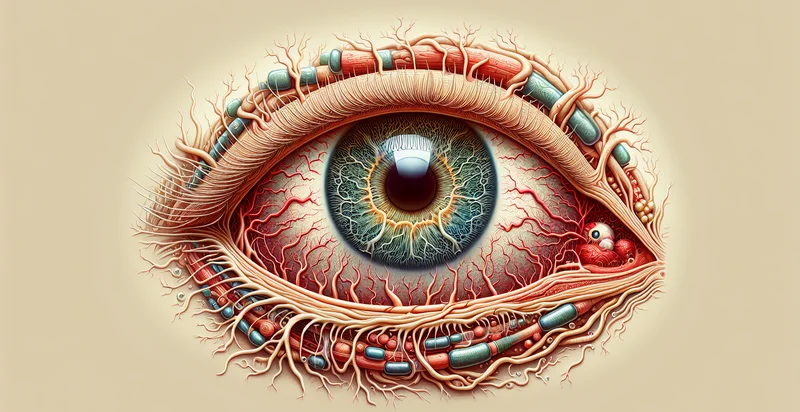Identify eye inflammation
using AI
Below is a free classifier to identify eye inflammation. Just upload your image, and our AI will predict if there is eye inflammation - in just seconds.

Contact us for API access
Or, use Nyckel to build highly-accurate custom classifiers in just minutes. No PhD required.
Get started
import nyckel
credentials = nyckel.Credentials("YOUR_CLIENT_ID", "YOUR_CLIENT_SECRET")
nyckel.invoke("eye-inflammation", "your_image_url", credentials)
fetch('https://www.nyckel.com/v1/functions/eye-inflammation/invoke', {
method: 'POST',
headers: {
'Authorization': 'Bearer ' + 'YOUR_BEARER_TOKEN',
'Content-Type': 'application/json',
},
body: JSON.stringify(
{"data": "your_image_url"}
)
})
.then(response => response.json())
.then(data => console.log(data));
curl -X POST \
-H "Content-Type: application/json" \
-H "Authorization: Bearer YOUR_BEARER_TOKEN" \
-d '{"data": "your_image_url"}' \
https://www.nyckel.com/v1/functions/eye-inflammation/invoke
How this classifier works
To start, upload your image. Our AI tool will then predict if there is eye inflammation.
This pretrained image model uses a Nyckel-created dataset and has 2 labels, including Inflamed and Normal.
We'll also show a confidence score (the higher the number, the more confident the AI model is around if there is eye inflammation).
Whether you're just curious or building eye inflammation detection into your application, we hope our classifier proves helpful.
Related Classifiers
Need to identify eye inflammation at scale?
Get API or Zapier access to this classifier for free. It's perfect for:
- Telemedicine Consultations: Healthcare providers can integrate the 'eye inflammation' identifier into telemedicine platforms, allowing them to quickly analyze patient-submitted images. This enhances the diagnostic efficiency and enables timely treatment recommendations, particularly in rural or underserved areas.
- Clinical Decision Support Systems: Hospitals can utilize the eye inflammation identifier as part of their clinical decision support tools, assisting ophthalmologists and general practitioners in diagnosing eye conditions. By providing an automated assessment, the system can help reduce diagnostic errors and improve patient outcomes.
- Patient Education: Eye care specialists can use the identifier to create educational materials that explain the significance of eye inflammation. By visually demonstrating common inflammatory conditions, patients can gain a better understanding of their symptoms, empowering them to seek care proactively.
- Research and Development in Ophthalmology: Academic institutions and pharmaceutical companies can leverage the identifier in research to better understand the prevalence and causes of various eye inflammations. This can accelerate the development of treatments and interventions based on accurate data analysis.
- Insurance Claim Processing: Insurance companies can implement the eye inflammation identifier to assist in the assessment of claims related to eye diseases. This automated analysis can streamline the claims process, ensuring that patients receive timely approvals for necessary treatments and therapies.
- Automated Monitoring Systems: Vision health apps can incorporate the identifier to regularly monitor users for signs of eye inflammation through image uploads. This continuous monitoring can alert users to potential issues early, encouraging them to visit an eye care professional when needed.
- Integration with Electronic Health Records (EHR): EHR systems can integrate the eye inflammation identifier, allowing for the analysis of patient images alongside medical histories. This seamless flow of information can enhance clinical workflows and ensure that physicians have comprehensive data for making informed decisions.


